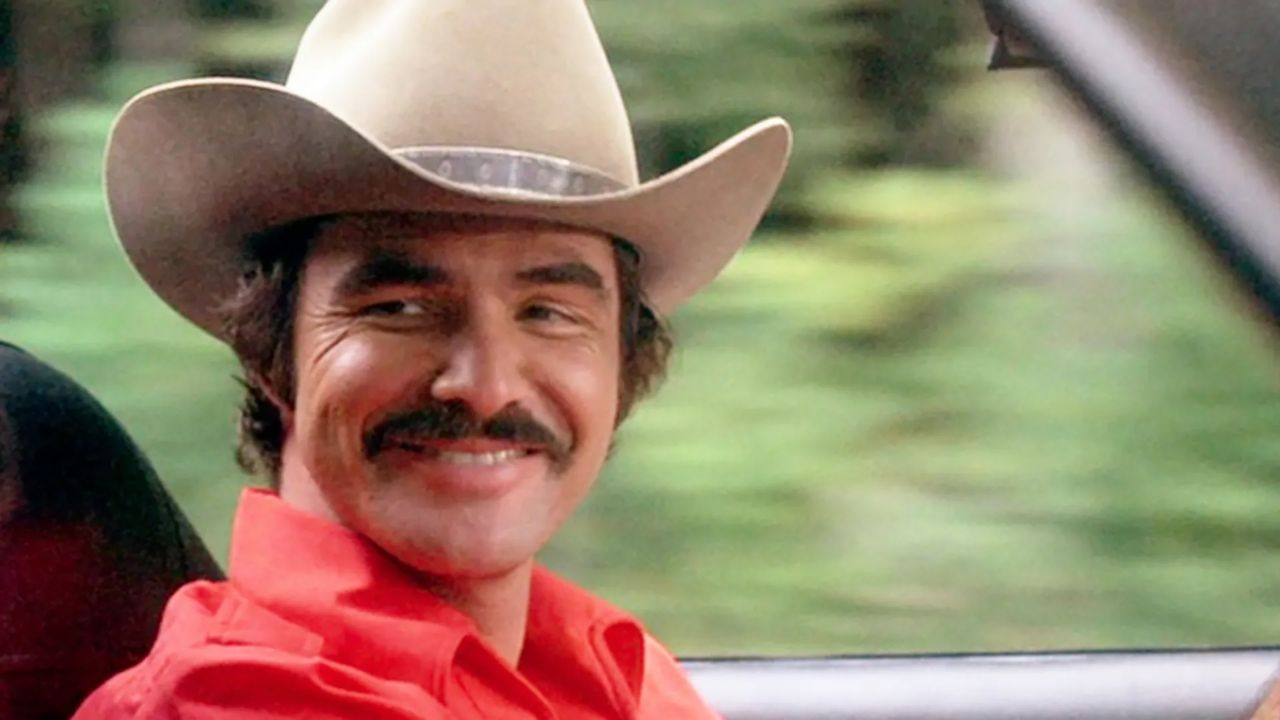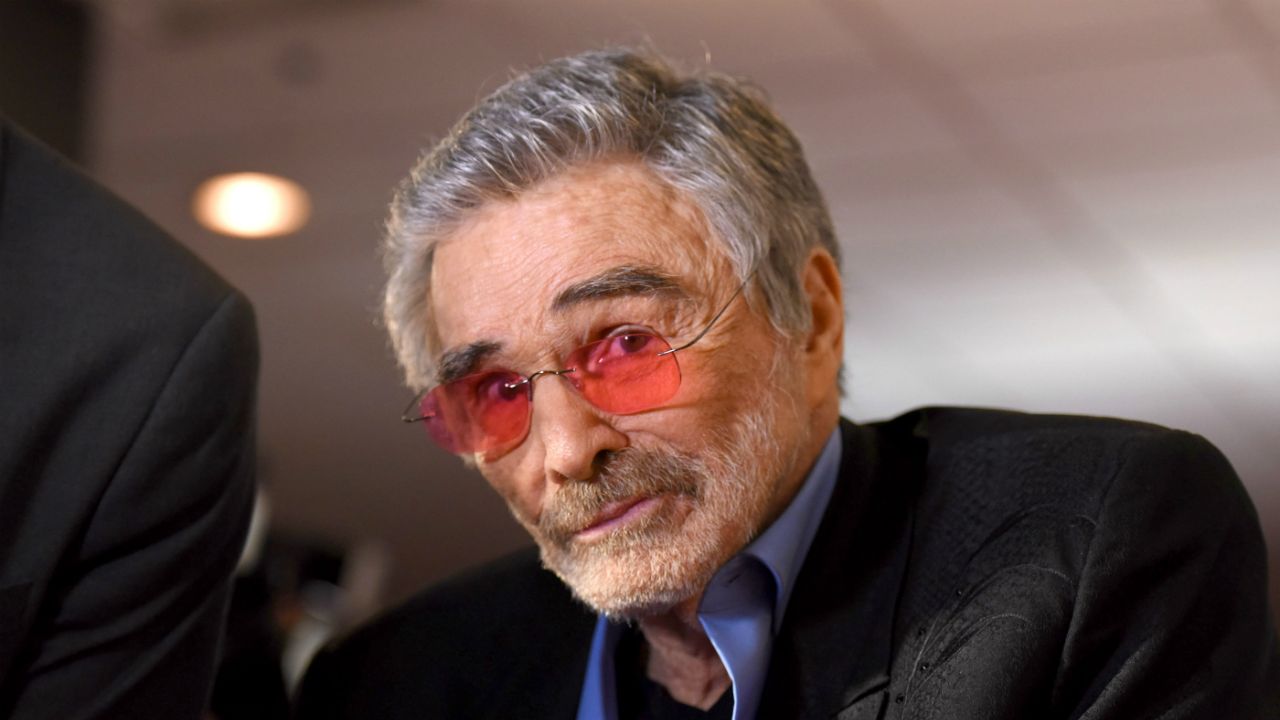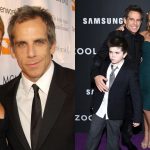Burt Reynolds was the kind of star who seemed larger than life, both on-screen and off. With that trademark mustache, devil-may-care grin, and a swagger that defined an era, he wasn’t just an actor—he was a full-blown cultural icon. But behind the glitz of Hollywood and the roar of the Trans Am in Smokey and the Bandit, Reynolds had a financial rollercoaster that would make even the wildest stuntman dizzy.
His wealth soared to unimaginable heights, then plummeted thanks to a mix of bad luck, reckless spending, and some truly unfortunate business decisions. By the time he passed away in 2018, the man who once commanded millions per movie had a fraction of his fortune left. So, what happened? Let’s dive into the wild, wallet-draining saga of Reynolds’ money.
Inside Burt Reynolds’ $5 Million Net Worth at the Time of His Death in 2018
In the 1970s and early ‘80s, Burt wasn’t just a star—he was the star. He was Hollywood’s top box-office draw for five straight years, a record that still stands. Studios threw money at him, and he made bank. At his peak, his net worth hovered around $60 million, which today would be closer to $150 million. He was pulling in $5 million a film at a time when that was an insane amount of cash.
Movies like The Cannonball Run and Smokey and the Bandit weren’t just hits; they were pop culture phenomena, and Burt was the king. He lived like it, too. Mansions, private jets, a ranch with over a hundred horses—you name it, Burt had it. For a while, the good times just kept rolling.
But then, the cracks started showing. Reynolds had a habit of diving headfirst into business ventures without much of a safety net. He sank millions into a chain of restaurants called Po’ Folks, which sounded folksy and fun but turned into a financial black hole. Then there was his NASCAR team, Mach 1 Racing, which burned through cash faster than one of his on-screen car chases.
He even owned a dinner theater in Florida, which might’ve been a passion project but didn’t exactly keep the lights on. The problem wasn’t just that these ventures failed—it was that Burt kept pouring money into them, convinced the next one would be the big win. Spoiler: it never was.

Then came the divorce. In 1993, Reynolds split from actress Loni Anderson, and it wasn’t just emotionally messy—it was financially devastating. The settlement cost him millions, including a lump sum payment and $15,000 a month in alimony. That kind of hit would’ve stung even at his peak, but by the ‘90s, Burt’s career wasn’t what it used to be. The roles had dried up, the bad investments had drained his reserves, and suddenly, the IRS and creditors were knocking. By 1996, he was forced to file for Chapter 11 bankruptcy, with debts piling up to over $11 million. He owed everyone, from CBS to, bizarrely, his toupee maker. Yes, even the wig guy wanted his money back.
For a lot of stars, that might’ve been the end. But Burt had a second act. His role in Boogie Nights (1997) reminded Hollywood he could actually act, not just smirk and drive fast cars. The paycheck wasn’t what it used to be, but it helped him claw back some stability. He took on TV roles, did voice work, and even appeared in a few late-career films that, while not blockbusters, kept him afloat.
By the time he passed away in 2018, his net worth was estimated between $3 million and $5 million—a far cry from his glory days, but not nothing. Still, it was a bittersweet ending for a man who once had it all.
The real kicker? Reynolds left his son, Quinton, out of his will—not out of spite, but because he’d set up a private trust to avoid the messy, public probate process. Even in death, Burt was trying to keep things smooth. His estate was modest, his legacy anything but. Because while the money came and went, the impact he had on Hollywood never faded. He was the guy who made being a cowboy cool, who turned car chases into art, and who never lost that twinkle in his eye, even when the bank account was looking grim. Burt Reynolds’ wealth might’ve been a wild ride, but the man himself? Priceless.








